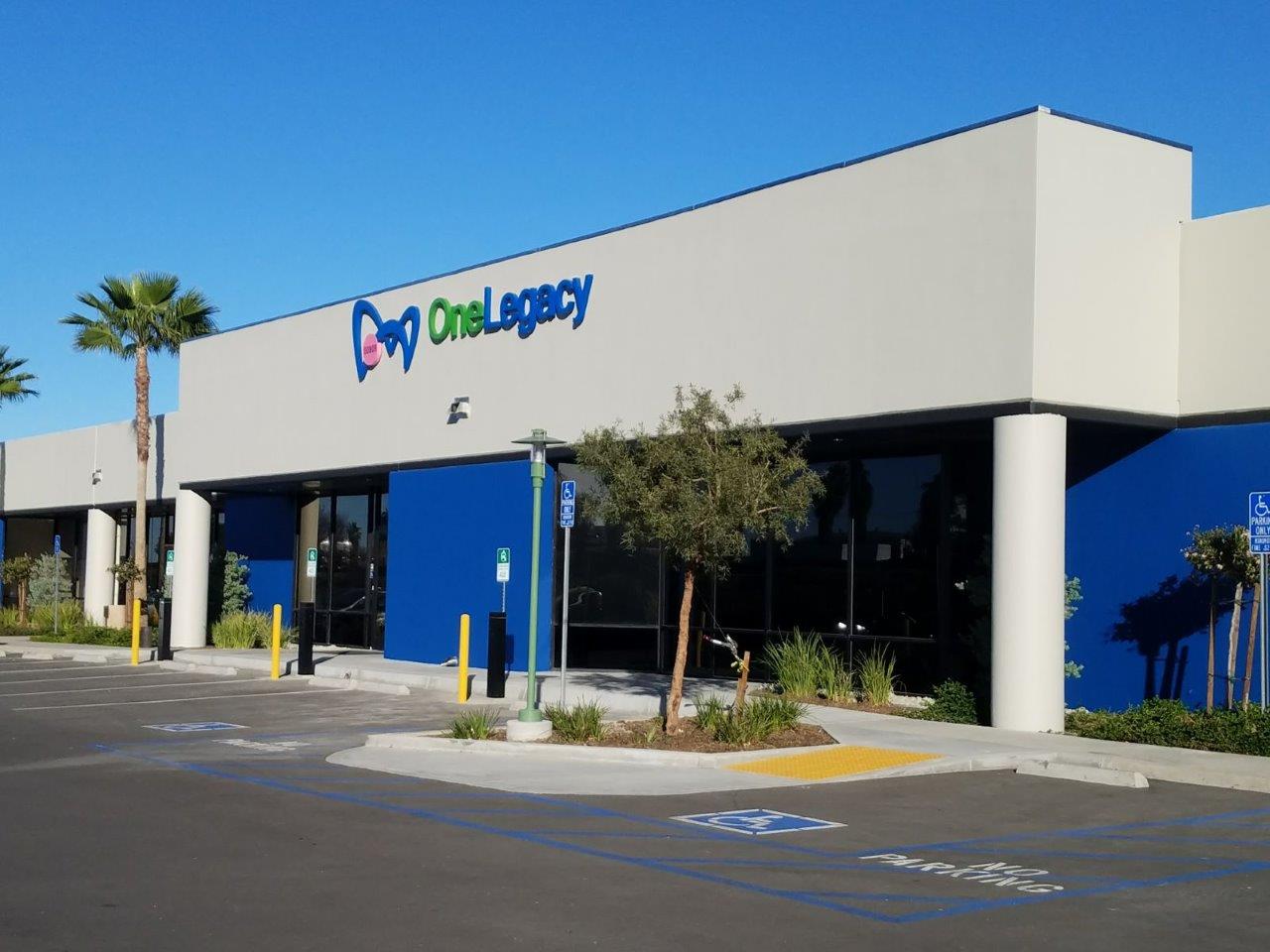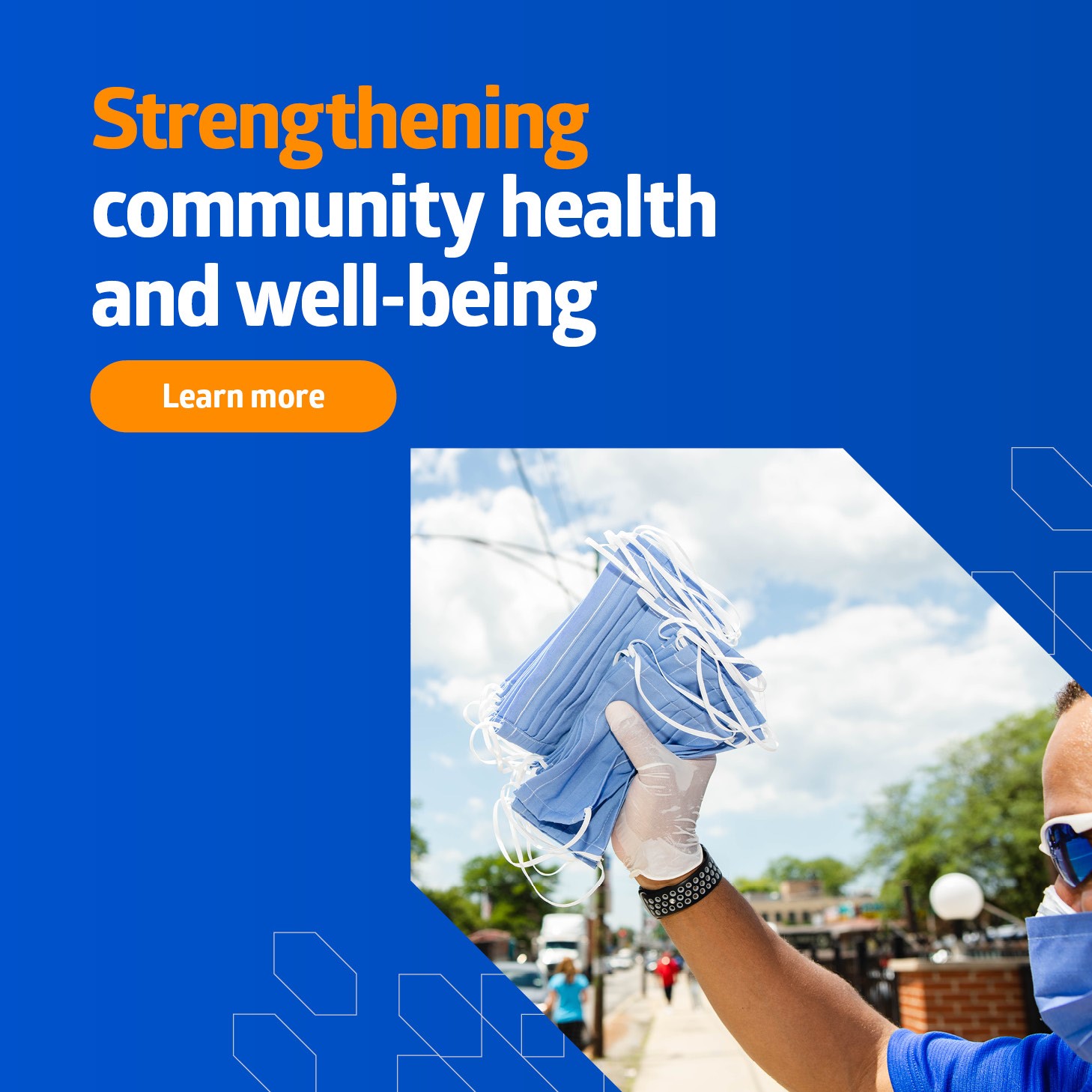3 ways organ procurement organizations are evolving to meet the needs of transplant recipients

https://newsroom.medline.com/patient-experience/3-ways-organ-procurement-organizations-are-evolving-to-meet-the-needs-of-transplant-recipients/
By Medline Newsroom Staff | June 23, 2020
When Lacey Wood received a heart 30 years ago, transplants were still considered experimental. For her family, going through the experience was like walking into a foreign country. They struggled to find information that could tell them what life post-transplant would look like for Wood, who was just an infant at that the time.
Since then the industry has come a long way. The number of transplants performed have nearly doubled over the last 20 years and 14% in just the past two years, with growth resulting from investment in donor registries, public education, family care for donor technology and collaboration with motor vehicle departments has also made it easier for people to register to become a donor.
The Medline Newsroom spoke with Wood and Thomas Mone, CEO of California-based OneLegacy, the country’s largest Organ Procurement Organization (OPO), about some of the initiatives organ and tissue recovery organizations have implemented over the years to help meet the needs of transplant recipients.
Introducing specialized roles to the transplant team:
Organ recovery work can be emotionally taxing which can result in “burn-out” of donation and transplant center teams. Traditionally, critical care nurses handled too much of the work, from managing the donor, overseeing the operating room and talking to the family, follow-up, and public education. To help reduce burnout, the field has moved to specialty roles with RNs, EMTs, Respiratory Therapists, Social Workers, Donation Development professionals, and other to provide the best service to families, hospitals, and the public.
Recovery agencies investing in their facilities:
The growing demand for hospital ICU beds and operating rooms has driven nearly 20% of OPOs to invest in building their own recovery facilities. OneLegacy operates one 70 miles east of downtown Los Angeles that has two organ operation rooms and three tissue operating rooms. The organization is in the process of building a new center that will have eight operating rooms.
As OPOs move toward having their own facilities, they start needing supplies that have been supplied by hospitals. Mone shares, “we are relying on our supplies vendors in more advanced ways. Rather than staff picking from supply bins, we ask suppliers to provide recovery-specific packs that offer traceability of all contents. Additionally, as an organization that is building multiple facilities, it is important to standardize our packs to help streamline the work our teams do.”
Making it easier to register to be a donor:
Organ and tissue recovery organizations could not do what they do without donors. Nationwide, the switch to online DMV and web-based Donor Registry databases has made a huge impact on the number of people who register. In the state of California, the Donate Life California Registry was created in 2004. Prior to that year, no registry had existed for Californians who wished to consent to being an organ, eye or tissue donor. While signing a donor card and placing the pink dot on your license historically served as an important symbol of intent, it did not place the individual on any list or registry. In April 2005, the state launched an online registry and just a year later, began a relationship with the DMV. The registry now has more than 16.5 million Californians who have registered their decision to be an organ or tissue donor.
Learn more about how Medline is working with organ procurement organizations to enhance operational efficiencies.
Medline Newsroom Staff
Medline Newsroom Staff
Medline's newsroom staff researches and reports on the latest news and trends in healthcare.
